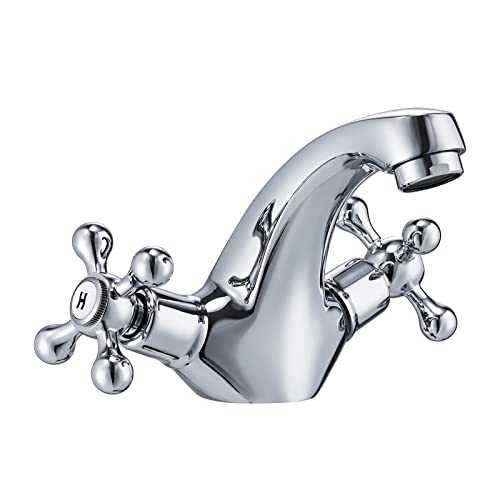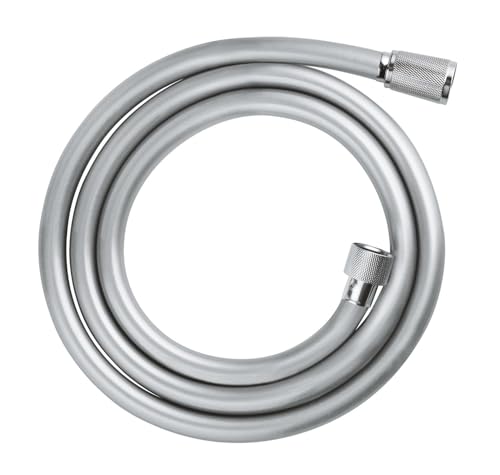Introduction to 4TB External Hard Drives: What They Are and Why They Matter
What is a 4TB External Hard Drive?
4TB external hard drives are portable storage devices that hold up to four terabytes of data. To put that into perspective, one terabyte can store approximately 1,000 gigabytes, which is enough space for thousands of photos, videos, and documents. These drives are integral for users who need to back up large amounts of data, transfer files between devices, or simply need extra storage space for their growing digital libraries.
The Importance of Extra Storage
In our digital age, managing data efficiently has become crucial. With high-definition videos and large software programs, our storage needs have rapidly increased. A 4TB external hard drive provides ample space while remaining portable, allowing us to take our data anywhere without sacrificing performance. This is especially useful for creatives, gamers, and professionals who rely on quick access to large files.
Key Features to Consider When Choosing a 4TB External Hard Drive
Connection Types
A critical factor to consider is the connection type. Most 4TB external hard drives use USB interfaces—USB 3.0 and USB-C are the most common. USB 3.0 is widely compatible and offers fast data transfer speeds, while USB-C provides even quicker speeds. If you have a newer device, investing in a USB-C drive could enhance your experience.
Portability and Design
The design and portability of the hard drive can influence our choice. If we intend to travel frequently with the device, a compact and robust design is essential. Many 4TB external hard drives are built to withstand drops and shocks, thus ensuring our data remains safe even on the go.
Speed and Performance
When evaluating speed, look for drives with specifications detailing their read and write speeds. A faster drive means shorter backup times and quicker file access, which can save us valuable time when managing our data. Typically, drives with 7200 RPM speeds provide superior performance compared to their 5400 RPM counterparts.
Backup Software and Encryption Features
Some 4TB external hard drives come bundled with software for automatic backups, making it easier for us to secure our data without manual intervention. Encryption features are also a plus, as they protect sensitive information from unauthorized access.
Price vs. Value
While price is always a consideration, it’s important to assess the value we are getting. A slightly higher price might offer us better performance, durability, and extra features that enhance usability over time.
Top Recommendations for 4TB External Hard Drives: Our Picks for Everyone
Best Overall Option
For a solid all-rounder, we recommend the Western Digital My Passport 4TB External Hard Drive. It boasts an easy-to-use interface, excellent transfer speeds, and robust encryption features, making it suitable for most users.
Best for Portability
If portability is our main concern, the Seagate Backup Plus Slim 4TB shines with its sleek design and lightweight build. This drive is highly portable without compromising on performance, suitable for users on the move.
Best Value for Money
For those conscious of their budget, the Toshiba Canvio Basics 4TB offers incredible value. It provides ample storage and swift speeds without unnecessary features, making it perfect for users who just want reliable storage.
Best for Professionals
For professionals who demand speed, the Samsung T5 Portable SSD 4TB is a fantastic choice. This solid-state drive offers lightning-fast performance and exceptional durability, making it a perfect fit for video editors and gamers.
How to Set Up Your New 4TB External Hard Drive Successfully
Unboxing and Physical Setup
When we receive our new drive, unbox it carefully and connect it to our computer using the provided cable. Ensure that the drive is placed in a stable environment to avoid any physical damage.
Installing Necessary Software
If our drive comes with software, it’s advisable to install it first. This software often includes backup options and firmware updates that optimise performance and security.
Formatting the Drive
Before using the drive, formatting it may be necessary to ensure it is compatible with our operating system. Typically, formatting it to exFAT allows us to use the drive across different platforms like Windows and Mac without issues.
Setting Up Automatic Backups
To ensure our data is safe, we can set up automatic backups through the included software or our operating system settings. This process ensures that our important files are backed up regularly without manual effort.
Testing and Functionality Check
Finally, we should test the drive by transferring a small amount of data to ensure everything is functioning as expected. This simple check will give us peace of mind that our new purchase is ready to store our valuable information.




















